Grid-04

Grid-4 consists of only two objects that repeat four times and create "residual" shapes in overlapping and connecting areas. These two objects are (1) a 3-spike object on each corner (can you see it?), and (2) a square that appears inside a large triangular shape four times.
This piece helps illustrate the experimental potential of gridz and how simple design ideas can lead to more complex creations. It follows a similar quadrupling approach as Grid-02 but takes less objects and steps to create. The 3-spike shape on each corner has a short continuing line at the end of the middle spike. This line allows for the creation of a "residual" center square, which can be imagined to be the axis of the composition. Other residual shapes include 4 triangular objects that appear to be in motion and somehow ingrained in gear-like rotation. These objects are connected to the margin by very wide triangles--this extends the in-gear connectedness of the piece. Lines making up the four squares are not drawn parallel to a any other shapes, which also means that these squares are angled differently from the rest. This misaligned angle choice further reinforces the feeling of complexity in the rotating motion of Grid-04.
Introducing Gridz
Gridz are abstract art pieces with the following characteristics:
- Have a minimalist design
- Are drawn using a grid as aguide (usually from 8x8 up to 20x20)
- Use only staringht lines that start and end at grid crossings
- Use repetition and space creatively and thoughtfully
- May implement familiar/thought-provoking shapes and symbols
-
Do not use suggestive titles



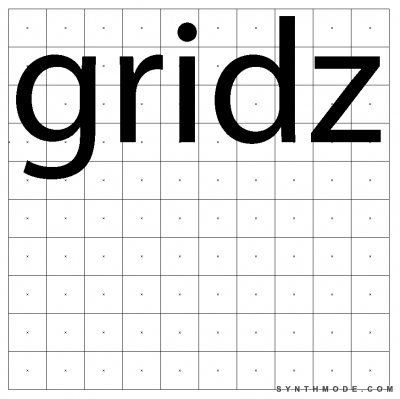
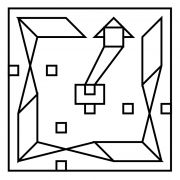

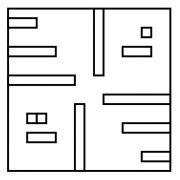



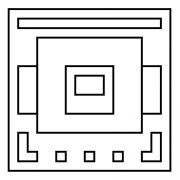


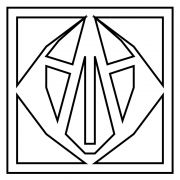


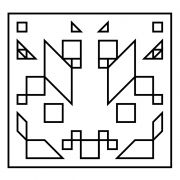





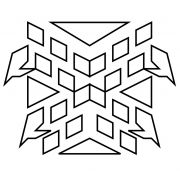
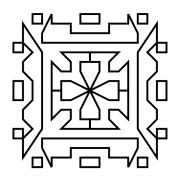
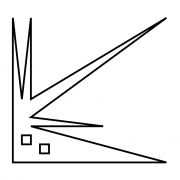

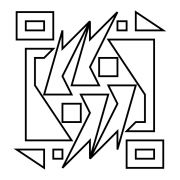
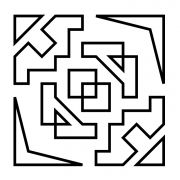
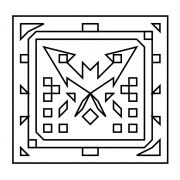



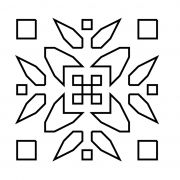
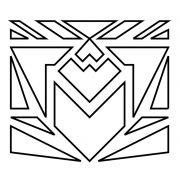
Add new comment